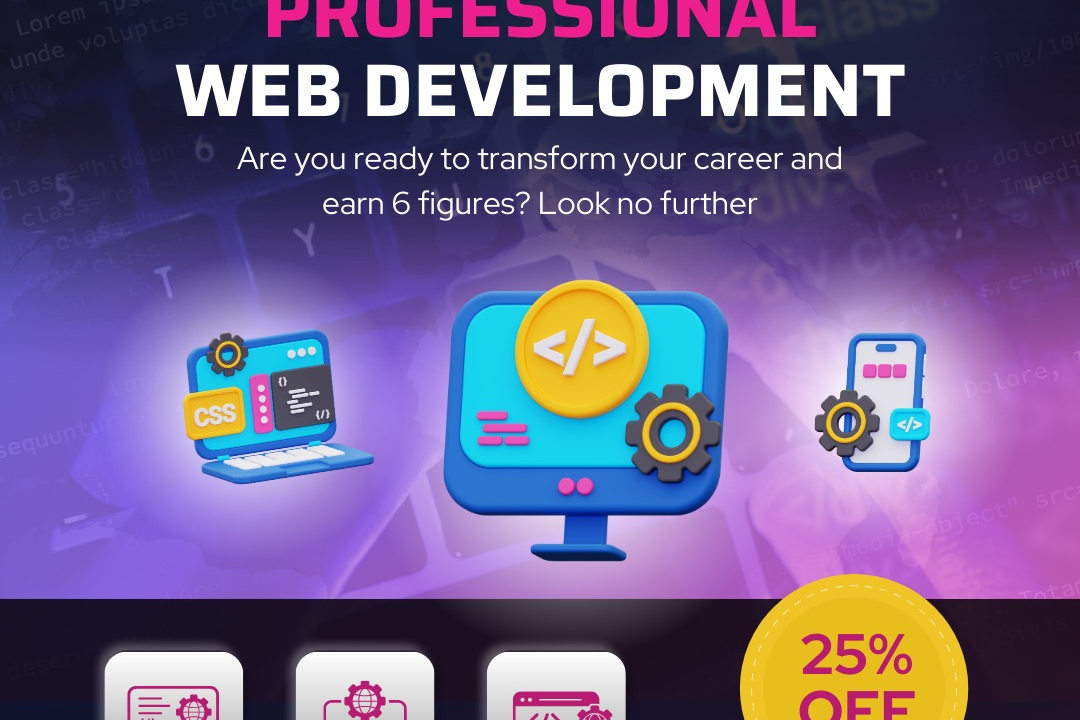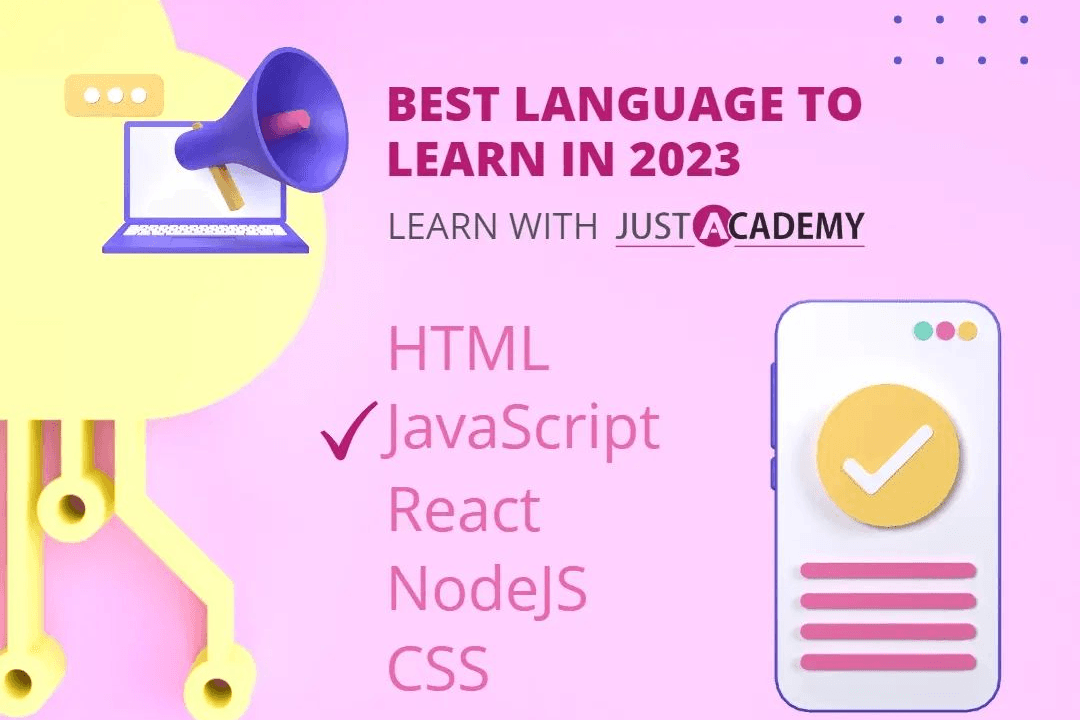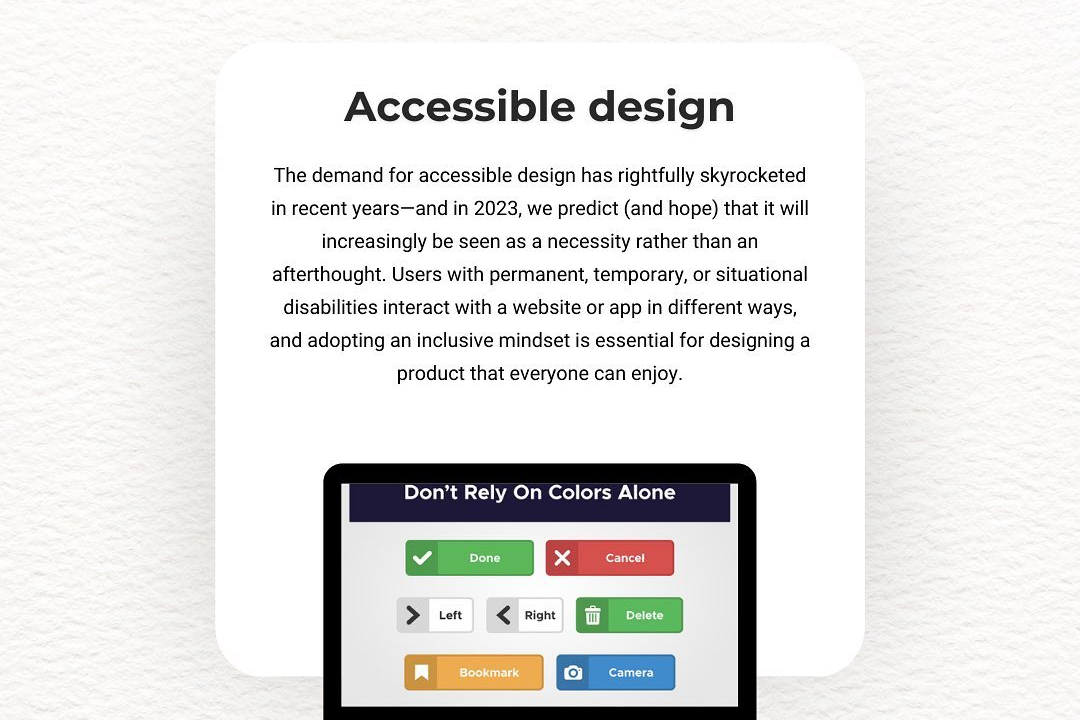How To A Php Program
A PHP program is a server-side scripting language designed for web development that enables the crea
How To A Php Program
A PHP program is a powerful tool for building dynamic, feature-rich websites and web applications. Its server-side scripting capability allows developers to create interactive content, manage databases, handle user authentication, and process forms seamlessly. PHP's ease of integration with HTML and various databases makes it a versatile and efficient choice for developing scalable and secure web solutions. Its open-source nature and broad community support further enhance its usefulness, enabling rapid development and continuous improvement of web projects.
To Download Our Brochure: https://www.justacademy.co/download-brochure-for-free
Message us for more information: +91 9987184296
A PHP program is a powerful tool for building dynamic, feature rich websites and web applications. Its server side scripting capability allows developers to create interactive content, manage databases, handle user authentication, and process forms seamlessly. PHP's ease of integration with HTML and various databases makes it a versatile and efficient choice for developing scalable and secure web solutions. Its open source nature and broad community support further enhance its usefulness, enabling rapid development and continuous improvement of web projects.
Course Overview
Our ‘How to a PHP Program’ course provides a concise, practical introduction to PHP scripting, covering core concepts, syntax, and real-time project development to build dynamic, interactive websites efficiently.
Course Description
The ‘How to a PHP Program’ course offers a quick, hands-on introduction to PHP scripting, focusing on fundamental concepts, syntax, and real-time projects to help you build dynamic websites efficiently.
Key Features
1 - Comprehensive Tool Coverage: Provides hands-on training with a range of industry-standard testing tools, including Selenium, JIRA, LoadRunner, and TestRail.
2) Practical Exercises: Features real-world exercises and case studies to apply tools in various testing scenarios.
3) Interactive Learning: Includes interactive sessions with industry experts for personalized feedback and guidance.
4) Detailed Tutorials: Offers extensive tutorials and documentation on tool functionalities and best practices.
5) Advanced Techniques: Covers both fundamental and advanced techniques for using testing tools effectively.
6) Data Visualization: Integrates tools for visualizing test metrics and results, enhancing data interpretation and decision-making.
7) Tool Integration: Teaches how to integrate testing tools into the software development lifecycle for streamlined workflows.
8) Project-Based Learning: Focuses on project-based learning to build practical skills and create a portfolio of completed tasks.
9) Career Support: Provides resources and support for applying learned skills to real-world job scenarios, including resume building and interview preparation.
10) Up-to-Date Content: Ensures that course materials reflect the latest industry standards and tool updates.
Benefits of taking our course
Functional Tools
1 - Integrated Development Environment (IDE): In the ‘How to Write a PHP Program’ course, students are introduced to popular IDEs like Visual Studio Code, PHPStorm, and Sublime Text. These tools provide a user friendly interface for writing, editing, and managing PHP code efficiently. Features such as syntax highlighting, code completion, and debugging support help learners write cleaner and error free code faster. The IDEs also facilitate easy navigation through complex files, making the coding process more organized. Hands on training ensures students can set up these environments on their own systems, customize settings for optimal productivity, and utilize plugins or extensions tailored for PHP development, enabling smooth coding sessions from the very beginning of their learning journey.
2) Web Server Software: The course emphasizes the importance of web servers like Apache and Nginx, which are essential for running PHP scripts locally or on live servers. Students learn how to install, configure, and manage these servers on their computers. Understanding server setup is crucial for testing PHP programs in an environment that simulates real deployment scenarios. The training covers configuring virtual hosts, managing server modules, and troubleshooting server related issues, ensuring students can run PHP applications seamlessly during development and beyond.
3) PHP Interpreter/Runtime Environment: Students are trained to install and operate the PHP interpreter, which executes PHP scripts. The course delves into different PHP versions, explaining their differences and features. Learners gain skills to run PHP code via command line or through server interfaces, enabling them to test snippets and small programs efficiently. This understanding helps in debugging, optimizing, and understanding how PHP interacts with the server and database components in a live environment.
4) Database Management Tools: Since PHP often works integrated with databases, the course introduces tools like phpMyAdmin and MySQL Workbench. These graphical interfaces assist students in creating, managing, and querying databases during their programming exercises. Training includes establishing database connections within PHP scripts, executing SQL commands, and securing database operations. This knowledge is vital for building dynamic applications where PHP fetches, updates, or deletes data stored in databases.
5) Version Control Systems: The course covers tools such as Git and GitHub, which are indispensable for collaborative coding and version management. Students learn to initialize repositories, commit changes, manage branches, and collaborate with team members effectively. Version control practice helps in tracking code history, rolling back errors, and managing multiple versions of PHP projects, thus instilling professional coding habits from early stages.
6) Browser Tools and Developer Consoles: Learners are trained to utilize browser developer tools integrated into Chrome, Firefox, or Edge for testing PHP driven web pages. These tools offer insights into network requests, console logs, and performance metrics. By inspecting PHP application outputs directly in browsers, students understand how server responses translate into web page elements, enabling them to debug front end and back end interactions efficiently.
7) Text Editors with PHP Support: Apart from IDEs, students explore lightweight text editors like Sublime Text, Notepad++, or Atom, equipped with PHP syntax support. These tools are beneficial for quick edits or scripting, especially on systems where full IDE setups are unnecessary. Features such as syntax highlighting, customizable themes, and plugin support enhance the coding experience, making scripting accessible and straightforward for beginners.
8) Command Line Interface (CLI): The course trains students to use command line tools for executing PHP scripts, managing servers, and interacting with databases. Command line proficiency allows for faster operations, automation, and scripting, which are vital skills for professional PHP development environments. Students learn commands to start server instances, run PHP files directly, and perform routine maintenance tasks effectively.
9) Debugging Tools: Debugging is an integral part of the course, with tools like Xdebug or built in debugger features in IDEs. These tools help students identify issues in their PHP programs by setting breakpoints, inspecting variables, and stepping through code execution. Mastery of debugging tools ensures students can troubleshoot their programs efficiently, leading to robust and error free applications.
10) Deployment Tools: The curriculum introduces simple deployment tools like FTP clients (FileZilla) and version control integration, equipping students to upload their PHP projects to live servers or cloud platforms. This part of the training ensures learners understand the transition from local testing to real world deployment, maintaining best practices for security, organization, and performance.
11 - Testing Frameworks: The course covers popular PHP testing tools like PHPUnit, enabling students to write and run unit tests for their code. Emphasizing test driven development, learners gain skills in creating test cases that validate program functionalities, improve code reliability, and facilitate easier maintenance. Understanding testing frameworks also prepares students for collaborative projects and professional coding standards.
12) Containerization and Virtualization Tools: Students are introduced to Docker and VirtualBox to create isolated development environments. These tools allow for consistent setups across different systems, reducing environment related issues. By containerizing PHP applications, learners can simulate production environments, streamline deployment, and enhance testing accuracy within a controlled setting.
13) Dependency Management Tools: The curriculum includes teaching Composer, PHP’s dependency manager. Students learn how to set up project dependencies, manage external libraries, and maintain package versions. Mastery of Composer simplifies project setup, encourages code reuse, and ensures compatibility with third party tools and modules.
14) Security Tools and Practices: The course highlights security best practices, including using SSL/TLS, sanitizing user inputs, and implementing secure authentication measures. Students are introduced to tools that help scan for vulnerabilities, such as static code analyzers, and techniques to prevent common attacks like SQL injection and XSS. This foundation ensures they can build secure PHP applications from the ground up.
15) Content Management Systems (CMS): The training provides insights into popular CMS platforms like WordPress, Joomla, or Drupal, showing how PHP powers these systems. Students learn how to customize themes, develop plugins, and extend CMS functionalities, which boosts their capability to build or modify dynamic, content rich websites.
16) Performance Monitoring Tools: Learners explore tools like New Relic or Blackfire to monitor the performance of PHP applications. These tools help identify bottlenecks, optimize resource utilization, and improve application speed, ensuring graduates can deliver high performance web solutions suitable for real world deployment.
17) Cloud Hosting Platforms: The course introduces students to deploying PHP applications on cloud platforms such as AWS, Azure, or DigitalOcean. They learn about setting up virtual servers, configuring environments, managing storage, and deploying projects securely, enabling scalable and reliable web hosting.
18) API Development and Testing Tools: The course guides students in creating RESTful APIs using PHP, along with testing these APIs using tools like Postman or Insomnia. This knowledge facilitates integration with other systems, mobile apps, or frontend frameworks, broadening their project scope and versatility.
19) Load Testing Tools: The curriculum covers load testing tools like Apache JMeter or Loader.io to evaluate how PHP applications perform under heavy traffic. Students learn how to simulate concurrent users, analyze response times, and optimize code for scalability, preparing them for enterprise level projects.
20) Documentation and Code Management Tools: The course emphasizes the importance of clear documentation using tools like Markdown or JSDoc, as well as utilizing project management and collaboration platforms like Jira or Trello. These skills foster organized workflows, better team communication, and maintainable codebases in professional PHP development environments.
Browse our course links : https://www.justacademy.co/all-courses
To Join our FREE DEMO Session:
This information is sourced from JustAcademy
Contact Info:
Roshan Chaturvedi
Message us on Whatsapp: +91 9987184296
Email id: info@justacademy.co












